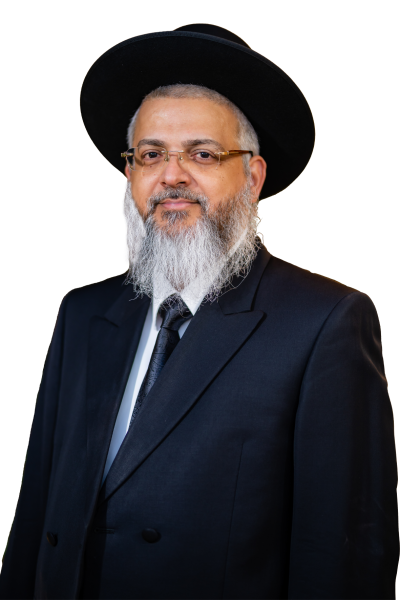In the days after the Second Temple was destroyed, a fierce storm wracked the coast of India. As the families in the coastal village of Navgaon huddled inside their homes, staring wide-eyed through their windows, they waited patiently until the storm was over. Gradually, the winds began to die down, and then the people began to slowly come out. Suddenly, a small child ran through the wet sand, shouting and waving his hands frantically, and the villagers followed him. He pointed his small finger towards the ocean, and the villagers saw people in the water, some clinging onto fragments of wood, as the waves washed them up towards the shore like shadows from the depths of the watery abyss. Some villagers swam out to help them, while others rowed out in their boats to reach those who were farther out. Tradition further relates that these seven men and seven women, the survivors of the deadly storm, were “Hebrews” who had been sailing in a ship from Eretz Israel to India. The Indians welcomed them, and in the days that followed, as dozens of corpses washed ashore, they provided them with land to bury their dead. Thus arrived the first Jews of India. According to the Bene Israel, the dead were buried in mounds which can still be seen in the village of Navgaon today. It is further claimed that the survivors, having lost everything that they had brought with them, took up the occupation of oil pressing. They were thus saddled with name “Shanwar tellis” – meaning “Saturday oil men” – apparently because they worked for six days of the week while abstaining from work on Saturdays. The fact of such abstention strengthened their conviction that they belonged to the Jewish people. The survivors called themselves Bene Israel. As they began to dwell in the land, they married only within their own group and kept some attenuated version of Pesach. Eliyahu HaNavi, it was said, appeared among the Bene Israel at the Konkan village in Khandala and promised them redemption in the future. In the early 1800s, the Bene Israel moved to Bombay, which offered many opportunities after it was built up by the British occupation. There, the Jews were able to move up from the low caste of oil presser to middle-class clerks and soldiers for the British Raja. In 1796, the Bene Israel built their first synagogue, and it transformed the community’s religious life. Until then, religious prayer services had been held in private homes. Now, however, financially comfortable, the Jews began building synagogues all over Bombay, and their Judaism became more mainstream. The British established a port and a fortress in Bombay around 1688. In 1746, the Divekar family became the first Bene Israel family to move to Bombay. In the siege of Seringapatnam, one of the noble Bene Israel warriors, Shmuel Divekar, was captured and taken prisoner by the forces of Tipu Sultan. Upon learning that there was a Bene Israel prisoner in their midst, the mother of the Sultan, who had heard the name “Bene Israel” mentioned in the Koran, became anxious to see him. He was summoned before her, and in token of her happiness, she ordered her son to release him and give him gifts. While he was in custody, Shmuel Divekar had vowed that upon his release, if G-d endowed, he would build a synagogue. The first Bene Israel synagogue built in Bombay, India – the “Sha’ar HaRachamim” (Gate of Mercy) synagogue – is located on Shmuel Street, named after him. The Bene Israel not only distinguished themselves in the Indian armed forces, but they excelled in dozens of different areas of service, both in the public and private spheres. Among them are to be found government officials who held high posts in the Ministries of Agriculture, Transport, and Finance, and in the Public Service Commission. A formal admiral of the fleet, army generals and officers, doctors, lawyers, engineers, writers, film artists, and a large number of educators and teachers, professors, architects, and social workers also made up the rich social fabric of this community. Members of the Bene Israel community include the late Dr. E. Moses, who was Mayor of Bombay in 1937. Having lived in Bombay for centuries, the Bene Israel adopted the language of Marathi (the local language of Bombay), and it eventually became their mother tongue. When the Jewish state emerged as a sovereign entity in 1948, about 2,500 Bene Israel immigrated to Israel; by 1970 they numbered more than 14,000. It is interesting to note that when, in 1897, they were invited to participate in the First Zionist Congress, they refused, stating that they were “waiting for the Divine Hand to bring them back to Zion.” There are now between 60,000 and 70,000 Bene Israel in the country, most of them living in development areas such as Dimona, Yerucham, Ofakim, Be’er Sheva, Kiryat Gat, Ramle, Lod, Ashdod, Or Akiva, Kiryat Shemona, and Eilat.
